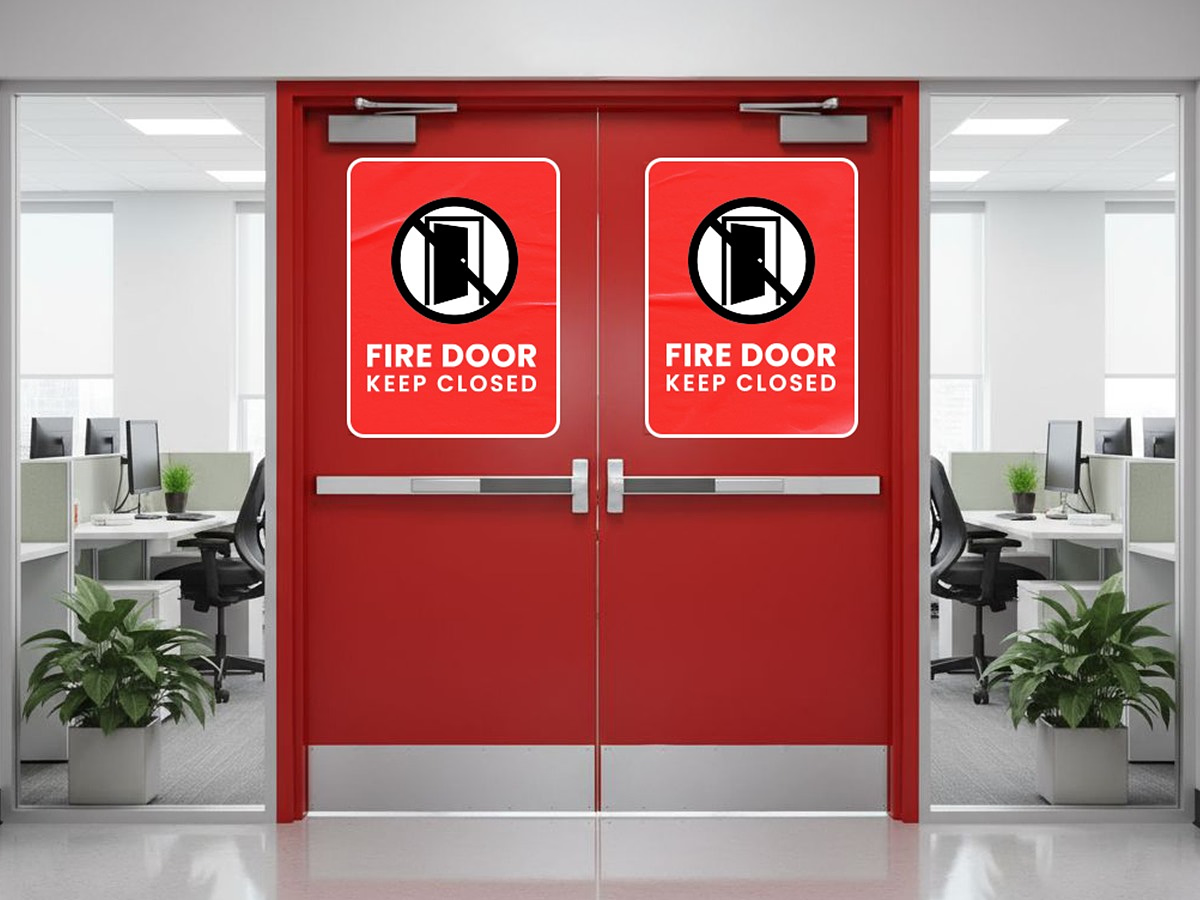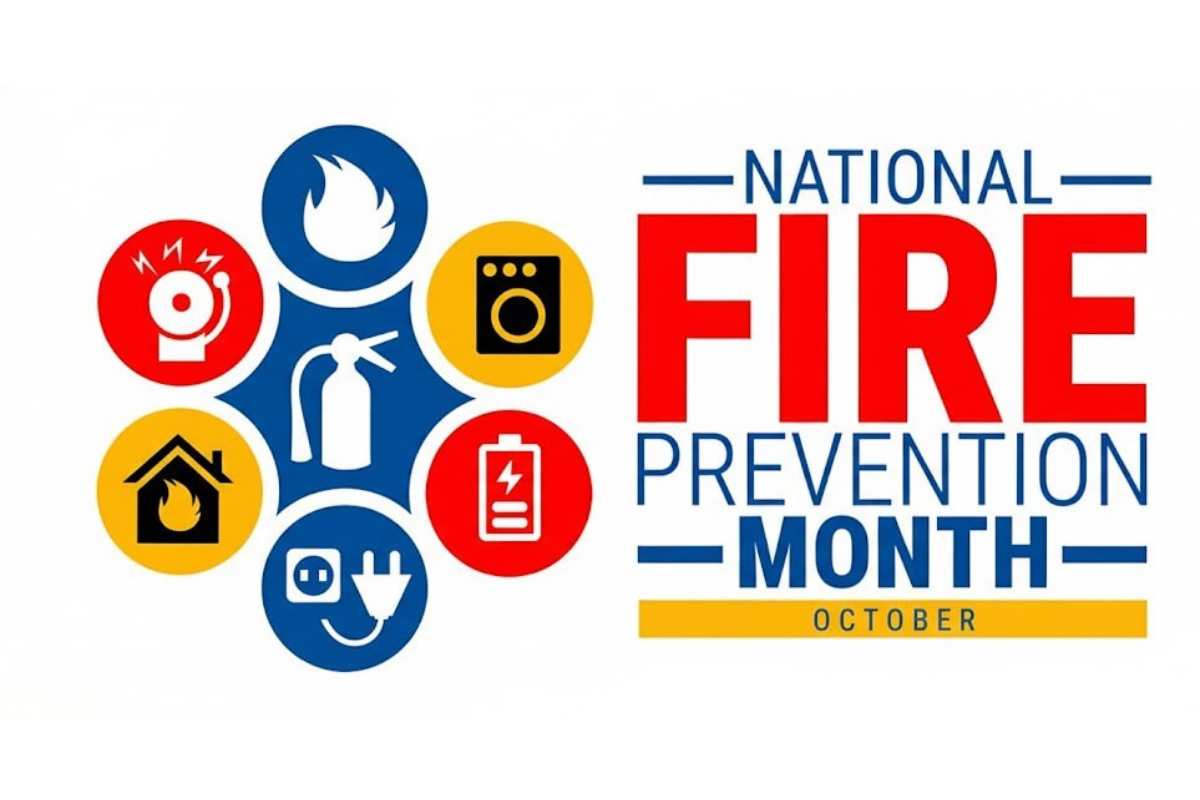5 Minutes That Could Save Your Business: The Monthly Inspection Story
From Copper Vessels to Smart Systems: A Brief History
Picture London, 1818. Captain George William Manby stands outside a burning building, watching helplessly as flames consume everything inside. The primitive fire-fighting methods of the day – bucket brigades and hand-pumped engines – simply aren't enough. That frustrating moment sparked an idea that would revolutionize fire safety forever.
Captain Manby invented the first modern portable fire extinguisher: a simple copper vessel filled with potassium carbonate solution and compressed air. It was crude by today's standards, but it worked. More importantly, it was the beginning of a journey that would eventually save millions of lives and billions in property damage.
But here's what Captain Manby couldn't have imagined: his simple copper vessel would evolve into sophisticated life-safety equipment requiring systematic inspection and maintenance protocols. The monthly inspection you perform today is the result of over 200 years of lessons learned from both successes and tragic failures.
Source: https://en.wikipedia.org/wiki/George_William_Manby
The Evolution of Fire Safety Standards
Fast forward to 1896, when a small group of insurance professionals in Boston formed the National Fire Protection Association (NFPA). They were tired of seeing preventable fires destroy businesses and communities. By 1918, they had developed the first standards for portable fire extinguishers – the foundation of what we now know as NFPA 10.
The early standards were basic: "Make sure it's there and it works." But as fire extinguisher technology advanced and tragic failures were investigated, the requirements became more sophisticated. Each requirement in today's NFPA 10 standard represents a lesson learned from real-world incidents where extinguishers failed when needed most.
The monthly inspection requirement wasn't created in a boardroom – it was written in the aftermath of fires where extinguishers sat unused because they were empty, damaged, or simply forgotten.
Where We Are Today: Smart Safety Meets Simple Checks
Today's fire extinguishers are marvels of engineering. We have smart monitoring systems that can text you when pressure drops, clean agents that leave no residue, and automatic suppression systems that activate without human intervention. Some modern extinguishers even connect to building management systems and report their status in real-time.
But here's the fascinating part: despite all this technology, the most important safety check is still the same simple visual inspection Captain Manby would recognize – making sure the extinguisher is there, accessible, and ready to work.
It was 2:30 AM when the call came in. A small electrical fire had started in the break room of a Tustin office building. The sprinkler system wasn't designed for that area, but there was a fire extinguisher mounted just 10 feet away. The security guard grabbed it, pulled the pin, and... nothing. The gauge showed empty. No one had checked it in months.
That five-minute monthly inspection could have prevented $50,000 in damage and weeks of business interruption. Don't let this be your story.
Why 5 Minutes a Month Matters More Than You Think
Think of monthly fire extinguisher inspections like checking your car's gas gauge before a road trip. It's simple, it's quick, but skipping it can leave you stranded when you need it most.
Here's the reality: According to NFPA data, properly maintained fire extinguishers have a 95% success rate in emergency situations. But here's the scary part – 40% of fire extinguishers fail when needed because of simple maintenance issues that monthly inspections would catch.
In Southern California, where earthquake damage and extreme weather can affect equipment, that monthly check isn't just recommended – it's your business insurance policy.
The Simple Science Behind Monthly Inspections
Let's break this down using the KISS principle (Keep It Simple, Stupid). Monthly inspections aren't about complex technical knowledge. They're about answering five basic questions that haven't changed much since Captain Manby's time:
- Is it there? (Location check)
- Can I reach it? (Accessibility check)
- Does it look ready? (Physical condition)
- Is it charged? (Pressure check)
- Is it legal? (Tag and seal verification)
That's it. No engineering degree required.
Your 5-Minute Monthly Inspection Checklist
Step 1: The Location Game (30 seconds)
What to check: Is the extinguisher in its designated spot?
Why it matters: After cleaning, maintenance, or emergencies, extinguishers sometimes get moved and forgotten. An extinguisher that's not where people expect it is useless in a panic.
Red flags: Missing extinguisher, moved to different location, blocked by furniture or equipment.
Step 2: The Accessibility Test (30 seconds)
What to check: Can you easily reach and remove the extinguisher?
Why it matters: In an emergency, every second counts. If someone has to move boxes or climb over equipment to reach the extinguisher, it's not accessible.
Red flags: Blocked by storage, mounted too high, obstructed signage.
Step 3: The Physical Exam (2 minutes)
What to check: Look for obvious damage, corrosion, or wear.
| Component | What to Look For | Why It Matters |
|---|---|---|
| Body/Tank | Dents, rust, corrosion | Structural integrity |
| Hose | Cracks, dry rot, damage | Proper discharge |
| Nozzle | Clogs, damage | Effective spray pattern |
| Handle/Lever | Damage, loose parts | Proper operation |
Red flags: Any visible damage, rust spots, cracked hoses, or loose components.
Step 4: The Pressure Check (30 seconds)
What to check: Pressure gauge needle position.
The simple rule: Green means go, red means stop. The needle should be in the green zone. If it's in the red (either high or low pressure), the extinguisher needs professional attention.
Why pressure matters: Low pressure means the extinguisher won't discharge properly. High pressure can be dangerous and indicates a malfunction.
Step 5: The Legal Verification (1 minute)
What to check:
- Safety pin and tamper seal intact
- Inspection tag current and readable
- Operating instructions visible
Why it matters: Missing pins or broken seals indicate the extinguisher may have been used or tampered with. Current tags prove compliance with regulations.
Professional Fire Extinguisher Inspection Timeframes
While monthly visual inspections can be performed by your staff, professional maintenance follows strict NFPA 10 schedules that vary by extinguisher type. Here's what you need to know:
Complete NFPA 10 Inspection Schedule
| Extinguisher Type | Monthly Visual | Annual Maintenance | 6-Year Internal | Hydrostatic Testing |
|---|---|---|---|---|
| Dry Chemical (ABC) | ✓ Required | ✓ Required | ✓ Required | Every 12 years |
| Carbon Dioxide (CO2) | ✓ Required | ✓ Required | Not required | Every 5 years |
| Water/Foam | ✓ Required | ✓ Required | ✓ Required | Every 5 years |
| Wet Chemical (Class K) | ✓ Required | ✓ Required | ✓ Required | Every 5 years |
| Clean Agent (Halon/FM-200) | ✓ Required | ✓ Required | ✓ Required | Every 12 years |
| Dry Powder (Class D) | ✓ Required | ✓ Required | ✓ Required | Every 12 years |
Need professional service scheduled? Contact Fire Testing Solutions to set up your annual maintenance program.
Common Questions Property Managers Ask
"What if I find a problem during inspection?"
Remove the extinguisher from service immediately and call a certified technician. Don't try to fix it yourself – that's both dangerous and illegal.
"How do I document the inspection?"
Most extinguishers have inspection tags where you initial and date each month. Keep a backup log in your office. Digital apps can make this even easier.
"What happens if I skip monthly inspections?"
In Southern California, fire marshals can issue citations ranging from $500 to $5,000 per violation. More importantly, your insurance may not cover fire damage if you can't prove proper maintenance.
"Can anyone do the monthly inspection?"
Yes! Unlike annual maintenance (which requires certification), any responsible employee can perform monthly visual inspections. Just make sure they're trained on what to look for.
The Real Cost of Skipping Inspections
Let's talk numbers. A monthly inspection takes 5 minutes and costs nothing. Compare that to:
- Fire damage: Average commercial fire causes $35,000 in damage
- Business interruption: Lost revenue during repairs and cleanup
- Legal penalties: $500-$5,000 per violation in California
- Insurance issues: Claims may be denied for poor maintenance
- Liability exposure: Lawsuits if someone is injured
Ready to protect your business? Schedule a free fire extinguisher assessment with our certified technicians.
Making It Stick: Building the Habit
The Monthly Routine: Pick the same day each month (like the 1st or 15th) and make it part of your regular building walk-through. Many property managers combine it with other monthly tasks like HVAC filter checks.
The Team Approach: Train multiple employees so inspections don't get skipped when someone's on vacation. Make it a shared responsibility.
The Documentation System: Whether you use paper logs, digital apps, or inspection tags, consistency is key. Fire marshals want to see 12 months of documented inspections.
Professional Partnership: Work with Fire Testing Solutions to create a comprehensive maintenance schedule that covers all required professional services while you handle the monthly visual inspections.
The Bottom Line: Honoring 200 Years of Innovation
Captain Manby's copper vessel has evolved into sophisticated safety equipment, but the fundamental principle remains the same: fire extinguishers only work if they're properly maintained and ready when needed.
Five minutes a month. That's all it takes to ensure your fire extinguishers are ready when lives and property are on the line. It's not complicated, it doesn't require special training, and it could literally save your business.
Remember the key points:
- Monthly inspections are legally required and take just 5 minutes
- Check location, accessibility, physical condition, pressure, and documentation
- Any problems require immediate professional attention
- Professional maintenance schedules vary by extinguisher type
- Proper documentation protects you legally and financially
- Building the habit prevents costly oversights
Don't be the business owner who learns the hard way. Start your monthly inspections today, and sleep better knowing you're prepared.
Ready for Complete Fire Extinguisher Protection? Fire Testing Solutions provides comprehensive fire extinguisher services throughout Southern California. Our certified technicians handle everything to annual maintenance, while you focus on the simple monthly checks.
Contact us today:
- Phone: 866-757-8378
- Email: service@firetestingsolutions.com
- Book a Call
With over 40 years of combined experience, we're the fire safety experts Southern California businesses trust.










